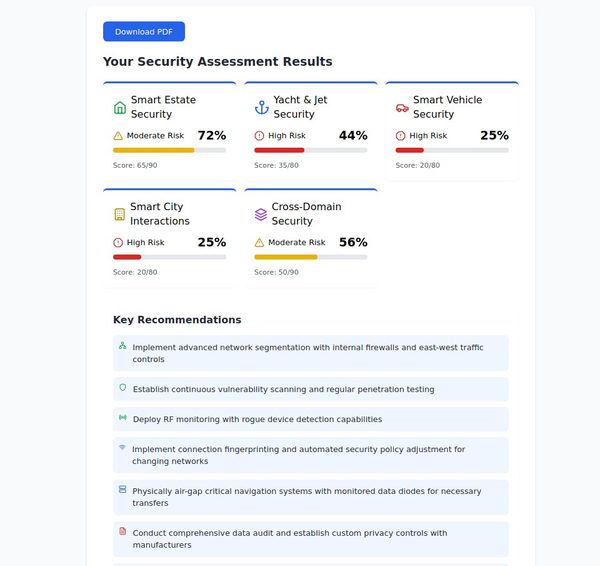The Future of Surveillance Cameras: Trends and Innovations

Summary: This article examines the future trends and innovations in surveillance cameras for home security. It discusses advancements in resolution, night vision, AI-powered analytics, and integration with smart home systems.
Introduction: Surveillance cameras have come a long way in ensuring safety and security in various environments. Surveillance cameras are poised to undergo significant advancements as technology continues to evolve. In this article, we will explore the future of surveillance cameras, discussing the emerging trends and innovations that are shaping the next generation of security systems.
Artificial Intelligence and Video Analytics:
Artificial Intelligence (AI) and video analytics are revolutionizing surveillance cameras, making them smarter and more effective. Here's how these technologies are transforming the future of surveillance:
a. Real-time Object Detection: AI-powered cameras can accurately detect and identify objects in real-time, distinguishing between humans, vehicles, and other items. This enables more precise security alerts and reduces false alarms.
b. Facial Recognition: Facial recognition algorithms are becoming more sophisticated, enabling surveillance cameras to identify individuals and match them against watchlists, improving security and enhancing access control.
c. Behavior Analysis: AI algorithms can analyze human behavior patterns and identify anomalies, such as loitering or unusual movements, enabling proactive response and threat prevention.
Higher Resolution and Enhanced Image Quality:
Surveillance cameras are continually improving their image quality, allowing for clearer and more detailed video footage. Here are the key advancements:
a. Ultra High-Definition (UHD): Cameras with UHD resolutions, such as 4K or even 8K, offer exceptional image clarity, enabling operators to zoom in on details without sacrificing quality.
b. Wide Dynamic Range (WDR): WDR technology enhances image quality by capturing details in both bright and dark areas of the scene, ensuring clear footage in challenging lighting conditions.
c. Low-Light Performance: Advanced sensors and image processing technologies enable surveillance cameras to capture high-quality footage even in low-light environments, reducing reliance on external lighting.
Integration with IoT and Smart Home Systems:
Surveillance cameras are increasingly becoming integral to IoT and smart home ecosystems. Here's how they are evolving through integration:
a. Seamless Connectivity: Surveillance cameras are connecting to smart home hubs, allowing homeowners to monitor and control cameras alongside other smart devices from a centralized interface.
b. Voice Control: Integration with voice assistants enables hands-free control of surveillance cameras, allowing users to view live feeds or control specific camera features using voice commands.
c. Automation and Scene Integration: Surveillance cameras can integrate with other devices and automation scenes. For example, cameras can be triggered to start recording when a motion sensor detects movement or when a smart doorbell is pressed.
Edge Computing and Cloud Storage:
Edge computing and cloud storage are revolutionizing the way surveillance footage is processed and stored. Here's how these technologies are shaping the future of surveillance:
a. Edge Computing: By processing video footage at the edge, on the camera itself or on a local network device, surveillance systems can reduce latency, enable real-time analytics, and minimize bandwidth requirements.
b. Cloud Storage: Cloud storage offers flexible and scalable options for storing surveillance footage. It allows for easy remote access, secure data storage, and simplified management of video archives.
c. Hybrid Solutions: The future of surveillance may see a combination of edge computing and cloud storage, leveraging the benefits of both approaches to provide optimal performance and flexibility.
Privacy Protection and Ethical Considerations:
As surveillance technology advances, ensuring privacy protection and addressing ethical concerns become paramount. Here are some key aspects:
a. Privacy by Design: Manufacturers are focusing on incorporating privacy features into surveillance cameras, such as on-device anonymization, encrypted communication, and user-controlled data access.
b. Data Security and Compliance: The future of surveillance cameras will emphasize robust data security measures, including encryption, secure protocols, and compliance with data protection regulations.
c. Ethical Use: Stakeholders must address ethical considerations, such as avoiding intrusive surveillance practices, respecting personal privacy, and establishing clear guidelines for camera usage.
Conclusion: The future of surveillance cameras is brimming with possibilities. Advancements in AI, higher resolution, integration with IoT, edge computing, and cloud storage are transforming the capabilities and effectiveness of surveillance systems. However, as these technologies evolve, it is crucial to strike a balance between security and privacy, ensuring ethical use and maintaining public trust. With ongoing innovations, surveillance cameras will continue to play a crucial role in safeguarding our communities and ensuring a secure future.





